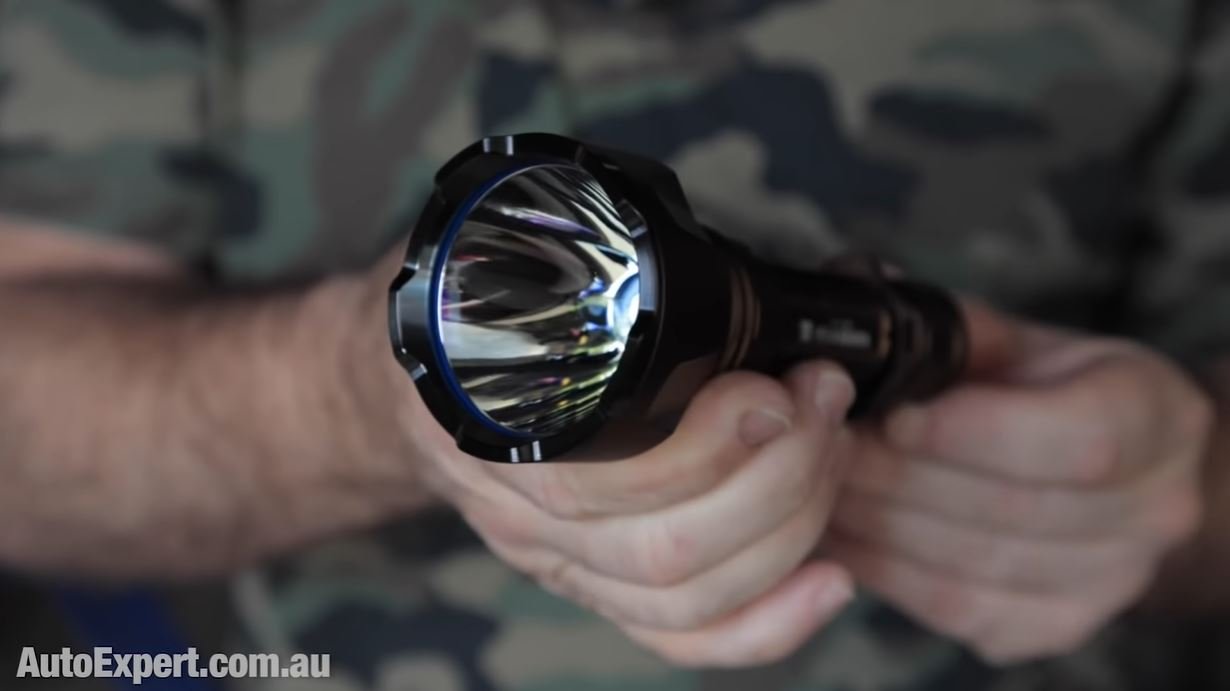The truth about oil dilution with fuel (and how you can fix it)
If you test your car's engine oil with a lab and they say there could be a problem, let us talk about what might really be going on, thanks to lockdown…
Download the PODCAST for this report
As an exercise in satisfying my curiosity, I recently ordered an engine oil analysis kit and sent off a sample of my car's oil to be tested. I received the report a few days later which stated that they had detected 3% fuel dilution in the oil sample, and it recommended that I change the oil and have the car checked over by my mechanic for a fuel system problem such as a bad injector.
The car is a 2018 Lexus with a 2GR-FKS V6 engine that has less than 45,000 kms on the clock, has been very well looked after and has always been serviced according to the manufacturer's servicing schedule. It is six months away from its next scheduled oil change. I have driven it little more than 2,000 kms over the past year and the driving has been almost exclusively very short trips.
My question is this: could all the short trips during the last 12 months of COVID lock downs have caused more oil dilution than would normally be expected to show up on the test, or does the 3% fuel dilution result clearly signal a problem that needs to be identified and fixed? My warranty ends early next year and if the car has a problem I want to get the dealership onto it.
Dekker Lundquist
I don't think your car has a problem, Dekker. I think you went looking and found something.
The way labs work is they see test results showing a ‘one and a half percent’ of something and will often cover their arses (whilst also trying to be as accurate as possible) by cutting and pasting a piece of text that highlights this result.
But unfortunately, the layman consumer in society is easily misunderstanding of this process because of the ambient scientific illiteracy in the community. That’s not a criticism, specifically, it’s merely an observation. So you interpret 1.5% as something to panic about, without fully understanding the fundamentals of what’s happening in your engine.
Engines work like this:
When you start them cold, they're not very efficient. The parts are all, notionally, the wrong size, because they're designed to thermally expand and be the correct size when they're at their operating temperature. I’m talking specifically about piston and bore clearances, and ring clearances. “Clearance” being the tiny little gap between the piston and the cylinder wall, which changes when they are bot or cold (they expand when hot, contract when cold).
Hold that thought.
The pistons are the wrong size for the bores, the rings are the wrong size, it’s all wrong for the first few seconds of start-up.
In the 1970s, you had a choke to pull out, which was literally an inlet air valve. The choke basically made the mixture really lean, because cars don't want to run when they're cold. They like running when they're warm. You can smell the richness when the choke was out.
Cars still do this today, but they're digitally controlled so the richness of the initial mixture is somewhat less than you might have had with the choke out when you learned to drive as a kid. But they still run rich, which means that there's not enough oxygen - not enough air to deliver enough oxygen to burn all of the fuel that is going into them when they're cold.
This causes the exhaust to be full of unburned hydrocarbons - but only for the first few seconds from cold.
My AutoExpert AFFORDABLE ROADSIDE ASSISTANCE PACKAGE
If you’re sick of paying through the neck for roadside assistance I’ve teamed up with 24/7 to offer AutoExpert readers nationwide roadside assistance from just $69 annually, plus there’s NO JOINING FEE
Full details here >>
AutoExpert DISCOUNT OLIGHT TORCHES
These flashlights are awesome. I carry the Olight Warrior Mini 2 every day - it’s tiny, robust, and super useful in the field or in the workshop. Olight is a terrific supporter of AutoExpert.
Use the code AEJC to get a 12% discount >>
How does oil become diluted?
Exhaust that goes out the tailpipe is dealt with by the catalytic converter.
After this first few seconds of start-up, engines lean out and they get back to approaching a stoichiometric ratio where all of the fuel gets burned.
Engine designers are always in this mixture quandary where they've got ideal richness or leanness. On the richer side, you're committing too many unburned hydrocarbons into the exhaust, and up on the leaner side you've got higher levels of oxides of nitrogen.
Oxides of nitrogen are bad for human health, essentially, so they are dealt with by the catalytic converter as well but in the goldilocks mixture state you minimize both of those things unburned hydrocarbons for rich and oxides of nitrogen for lean.
When cold it's producing lots of unburned hydrocarbons and the clearances between the pistons the rings and the bores is sub-optimal and this allows some of that pressurised gas under pressure it's compressed and expanding rapidly jamming the piston down and some to blow past the rings where it gets into the crankcase, cools down rapidly, and dissolves into the oil.
This leads to oil dilution, with fuel and water, because the main combustion products are CO2 and H2O and obviously the water comes off as steam because it's really hot in there. Steam is, of course, a clear colorless gas which blows downward, cools down and condenses, then gets blended into the oil.
Driving short distances, making lots of cold starts is the most likely culprit for this alleged fuel dilution problem.
It's probably not an injector problem or any other fuel delivery kind of problem.
If you are driving a lot less than usual, you should realise that this is bad for engine oil to be diluted. Instead of the typical 12 months service interval where you change the oil and the filter every year on or before a particular date, your oil is getting really contaminated, so change the oil twice as often and the filter.
This is the only practical countermeasure here. Fresh oil means you start the clock again on the dilution, then six months later, go again.
Then, if normal operation starts to resume and you start driving longer distances again, then go back to 12 months servicing.
How do you tell if your oil is diluted? You could go to the dealership and get them to do an investigation, but frankly most new car dealers are bad at that, and you're going to be hampered by the problem that there's really no evidence of any defect in any of the components.
Apart from this oil sample report, there's no rough running, there's no lack of power, there's no breakdown at high RPM, there's nothing of that nature indicating you might have a fuel problem.
So, I'd purchase another one of those lab test kits and wait for the the right day to go for a long drive, for roughly two hours (an hour each way), and don’t do much stopping in between.
Get the engine up to its normal operating temperature - in the lean burn highway environment as discussed - at highway speeds of 80-100km/h. When you get home, take another tiny little oil sample and send it off for analysis. If it comes back clear, then you've got your own diagnosis and it is accurate.
If you've got a faulty injector and it is over-fuelling, then it's going to be overfueling all the time, which means it will keep diluting your oil until it’s fixed. But if you do this test and it comes back saying half a percent diluted or something insignificant, then there's your evidence.
The dilution is caused by the mode of operation of the car - frequent cold starts with no opportunity for the oil to warm up to its normal operating temperature and evaporate off all of those contaminants.
If you're just reading this out of interest, if you're in the same or similar position whereby you're really not driving much because of COVID lockdowns, working from home, getting the groceries delivered etc., just take the time and do one of two things.
Do a long distance drive once every three or four weeks. Drive for a couple of hundred kilometers, and your oil will be purified.
If that's all too hard, all you've got to do is just change your oil twice as often.
It might be pleasant for you to be operating in this idle, stop-start way, but it's certainly not pleasant for your engine - it is hell for your oil.


















The MG ZS is a small SUV that offers such strong value to most buyers that it should be on your shortlist be default, even when shopping for a used car. But given that no car is perfect, the price could easily distract from its drawbacks.